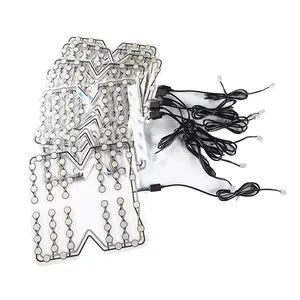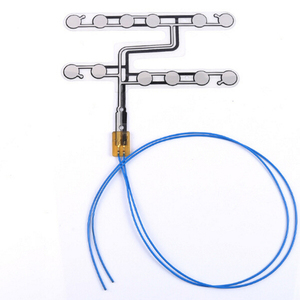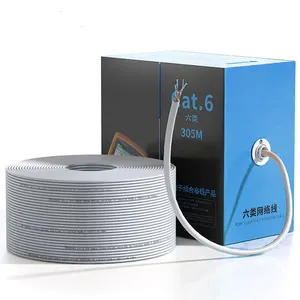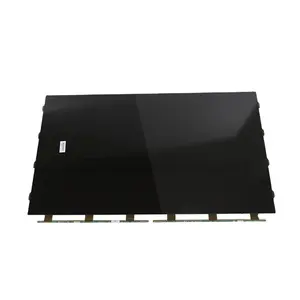Popular in your industry



































































Related Searches:












































































































Top categories
About car occupancy sensor
Understanding Car Occupancy Sensors
Car occupancy sensors are integral components in modern vehicle safety and management systems. These sensors are designed to detect the presence and position of passengers and objects within a vehicle, contributing to the deployment of safety measures such as airbags in the event of an accident. Their application extends beyond safety, also playing a role in advanced comfort and energy efficiency systems.
Types and Technologies
There are various types of car occupancy sensors, each utilizing different technologies. Weight-based sensors, for instance, are commonly placed under seats to detect passenger presence through pressure changes. Infrared sensors, on the other hand, use radiation to identify occupants by heat signatures. Ultrasonic and capacitive sensors are also employed for their ability to detect occupancy without direct contact.
Applications and Features
The primary application of vehicle occupancy sensors is in the enhancement of safety features. They are crucial for airbag systems, ensuring that airbags are deployed appropriately according to the size and position of passengers. Additionally, these sensors contribute to the comfort of vehicle occupants by adjusting climate control systems based on the cabin's occupancy. Energy efficiency is another benefit, as these sensors can reduce fuel consumption and emissions by optimizing the vehicle's systems according to real-time occupancy data.
Materials and Design
The construction of occupancy detection sensors involves a range of materials, chosen for their durability and sensitivity. Metals, plastics, and advanced polymers are often used in the design to ensure longevity and precise functionality. The design of these sensors is tailored to be unobtrusive and seamlessly integrated into the vehicle's interior.
Advantages of Integration
Integrating occupancy sensors in cars offers numerous advantages. They are pivotal in customizing safety measures, enhancing passenger comfort, and improving the vehicle's energy management. Their role in adaptive safety systems helps in minimizing the risk of injury during accidents by tailoring the response of safety devices like airbags and seatbelt pretensioners.
Choosing the Right Sensor
Selecting the appropriate car seat occupancy sensor is crucial for manufacturers and aftermarket installers. Factors to consider include compatibility with the vehicle's system, sensitivity requirements, and the specific applications intended for the sensor. It is essential to choose sensors that are reliable and accurately responsive to ensure the safety and comfort of occupants.
























































